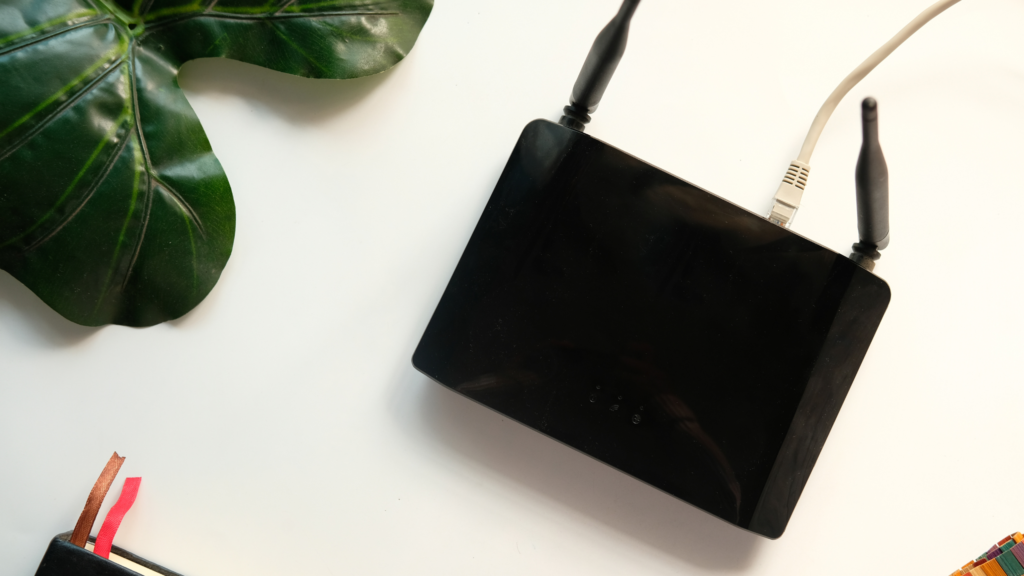What is Modem
A modem is a communication device that connects digital devices to the Internet. It can connect house phones, cell phones, cameras, and tablets. It stands for Modulator – Demodulator. A modulator changes digital signals to analog signals at the transmitting end. A demodulator changes analog signals to digital signals at the receiving end.
Types of Modem
- Internal Modem
- External Modem
- PC Card Modem
Internal Modem: An internal Modem is a device installed inside the computer to communicate over a network with other connected computers. An internal modem connects to the computer’s motherboard via a slot or port. It can be configured through the computer’s operating system. There are two types of internal modems:- Dial-up and Broadband.
- Dial-up is designed to work with traditional phone lines and provide a slower, less reliable internet connection than broadband modems.
- Broadband internal modems are designed to work with high-speed internet services such as Cable, DSL, or fiber optic and provide faster, more reliable internet connections.
External Modem: An external Modem is a device installed outside the computer that is linked through either USB or another Cable. They are easy to move from one system to another. They can be shared between incompatible microcomputers. Examples of these modems include DSL modems, which are commonly used in broadband connections.
DSL:- A DSL stands for Digital Subscriber Line, a technology that uses existing telephone lines to transmit digital data at high speeds. A DSL modem connects a computer to the Internet through a telephone line. This Modem is needed to convert digital data from a computer into analog signals that can be transmitted over the telephone line and vice versa.
PC Card Modem:- PC Card modems combine internal and external modems. These Modems are directly plugged into an external slot in the portable computer. An example of these modems is Dongle.
A Dongle is like a USB device used to access the Internet. It typically connects through a USB port or other similar interface. Dongles are often used when a computer or mobile device does not have built-in Wi-Fi or cellular connectivity. They can access the Internet through a cellular network, Wi-Fi hotspot, or other wireless network.
Configuration of Modem
- Turn off your Modem, Router, and computer.
- Connect your Modem to the WAN port of the TP-Link router via an Ethernet cable. Connect a computer to the TP-Link router’s LAN port via an Ethernet cable.
- Power on your Router and computer first, and then Modem.
Step-1
- Log into the Router’s web-based management. (Login with IP address 192.168.0.1 in case of TP-Link router with username- admin and password- admin) (1)
Step-2
- Configure WAN Connection Type
- On the Router’s management page, click Network → WAN on the left of the web page.
- Change the WAN Connection Type to PPPoE: (Point-to-Point Protocol over Ethernet), i.e., a network protocol for encapsulating Point-to-Point Protocol (PPP) frames within Ethernet frames. It is widely used for DSL services, allowing individual users to connect to a DSL modem over Ethernet.
Step-3
- Enter your PPPoE username and password, provided by your ISP (Internet Service Provider).
Step-4
- Click Save to save your settings; after a while, the Router will connect to the Internet
Step-5
- Wait a few minutes and check the WAN part on the Status page; if it shows any IP address, the connection between the Router and the Modem is established.
Step-6
If there is no WAN IP address and no internet access, please perform a power cycle as follows:
- First, Turn OFF the DSL modem, then the Router and computer, and leave them off for about two minutes.
- Then Turn ON the DSL modem, wait till the Modem gets ready, then turn on the Router and your computer.
Short note on Bridge
A bridge is used to create segments in a network. Bridges reduce the amount of traffic on a local area network (LAN) by dividing it into two segments. Think of an office with different departments. Some departments communicate with each other regularly, and there are those who rarely need something from each other. A bridge can connect two departments that transfer data regularly while separating the others that do not. A bridge checks if the destination computer is part of its segment before sending. If it is not, it drops the signal. A bridge can connect similar types of network segments using the same protocols.



